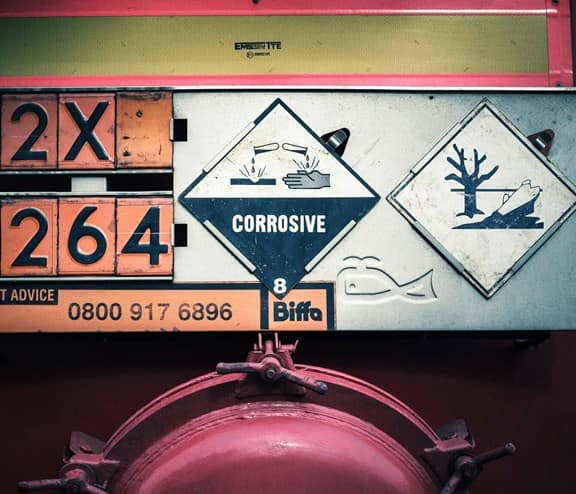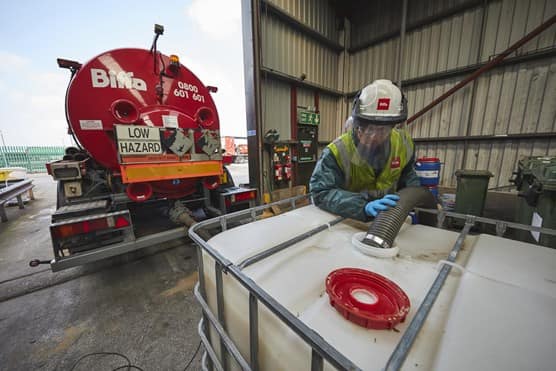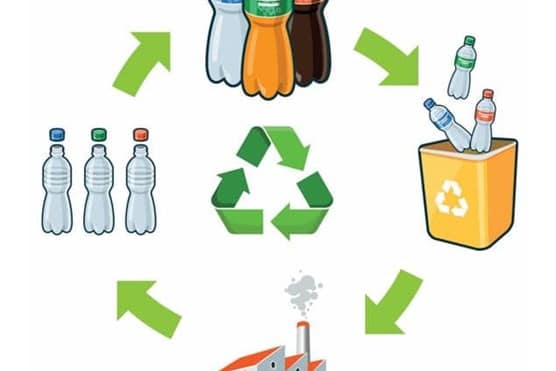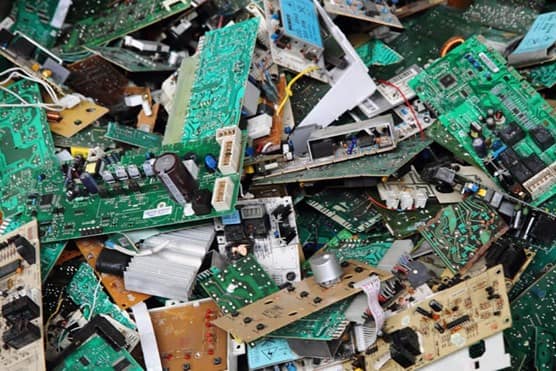
5 simple steps disposing of hazardous business waste
If your business is in the construction, manufacturing or utilities sector, you probably deal with hazardous waste disposal on a regular basis. However, if your business has recently started producing waste that is considered hazardous such as Waste Electrical and Electronic Equipment (WEEE) including laptops, phones and computer towers; paints; oily rags; and chemicals you may not be aware of the necessary steps you need to take to ensure waste is disposed of responsibly.
Should your company require hazardous waste disposal, discover Biffa's wide range of services from bulk liquid disposal to low volume hazardous waste collection.
Do you need to dispose of hazardous waste such as aerosols, paint tins, WEEE or oily rags? Fill in our online quote tool to get your instant waste quote today in just a few minutes. What should I do with my quote? We will call you shortly to see if you're ready to proceed with your enquiry, alternatively, feel free to give one of our friendly team a call on 0121 505 1616 and we'll be happy to help.
Follow these five simple steps for disposing of your hazardous business waste responsibly
Step 1: Classify your waste to check if it's hazardous
You must detail the content of any waste your business produces before you send it for recycling and disposal. The description must include:
- the waste classification code
- whether it's hazardous
- the type of premises or business where the waste was produced
- the name of the substance or substances
- the process that produced the waste
- a chemical and physical analysis
- any special problems, requirements or knowledge related to the waste
Step 2: Separate and store hazardous waste safely.
You must store waste safely and securely as follows:
- store waste in a secure place
- use suitable containers that will stop waste escaping
- label containers clearly with the type of waste they contain
- use covers to stop waste blowing away
- use waterproof covers if rain could cause contaminated run-off or prevent the waste from being reused
Remember - It’s illegal to mix hazardous waste with either non-hazardous or another hazardous waste
Step 3: Use an authorised waste carrier to collect, recycle or dispose of your hazardous waste.
Ensure that your selected waste carrier is registered and their waste sites have environmental permits. Your business is still responsible for the disposal of waste even after it has left the premises.




